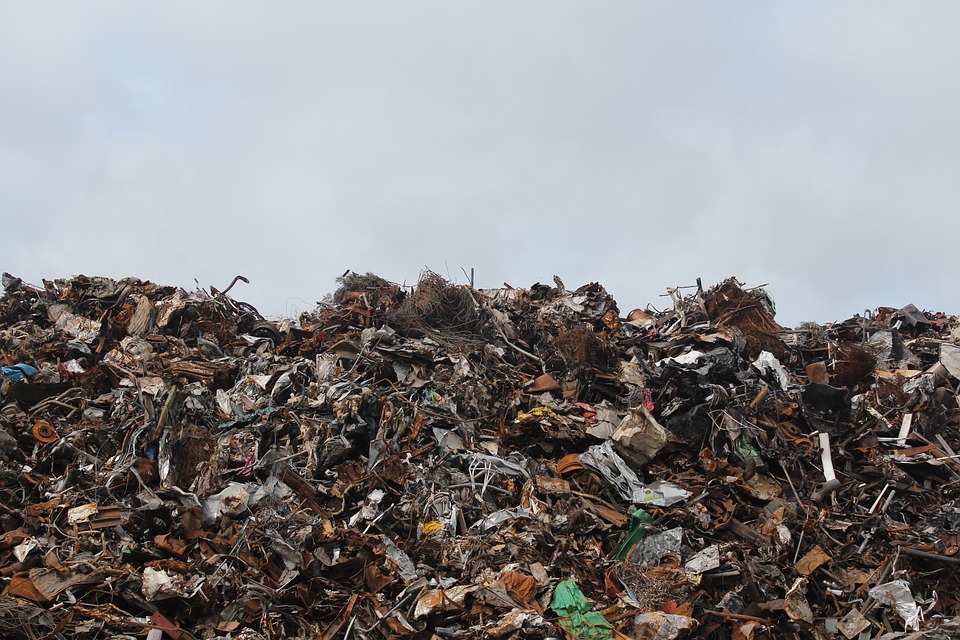
Bacteria are a diverse group of microorganisms that can be classified into two major groups based on their cell wall structure and staining properties: Gram-positive and Gram-negative bacteria. The classification is based on the reaction of bacterial cells to a staining technique called Gram staining, which is based on the ability of the bacterial cell wall to retain a crystal violet stain after a decolorizing agent is applied. The Gram-positive bacteria retain the stain and appear purple under a microscope, while the Gram-negative bacteria lose the stain and appear red or pink.
The main difference between Gram-positive and Gram-negative bacteria is in their cell wall composition, which affects their staining properties, susceptibility to antibiotics, and other biological properties. In this essay, we will discuss the major differences between Gram-positive and Gram-negative bacteria in terms of their cell wall composition and staining properties.
Cell Wall Composition of Gram-Positive and Gram-Negative Bacteria:
The cell wall of bacteria is a rigid layer that provides structural support and protection to the cell. The cell wall of Gram-positive bacteria is thick and consists of multiple layers of peptidoglycan (murein) and teichoic acid. Peptidoglycan is a polymer of sugar and amino acids that forms a mesh-like network around the cell membrane, providing strength and rigidity to the cell wall. Teichoic acid is a negatively charged polymer that extends outward from the peptidoglycan layer and plays a role in cell wall maintenance, growth, and adhesion to surfaces.
In contrast, the cell wall of Gram-negative bacteria is thin and consists of a single layer of peptidoglycan surrounded by an outer membrane that contains lipopolysaccharides (LPS), lipoproteins, and porin proteins. The outer membrane is composed of phospholipids and LPS, which are large, complex molecules consisting of lipid A, core polysaccharide, and O-antigen side chains. LPS acts as a barrier that prevents the entry of many antimicrobial agents and toxins into the cell and plays a role in immune evasion.
Staining Properties of Gram-Positive and Gram-Negative Bacteria:
Gram staining is a widely used technique for bacterial identification, which relies on the ability of the bacterial cell wall to retain crystal violet stain after being subjected to a decolorizing agent such as ethanol or acetone. In Gram-positive bacteria, the crystal violet stain is retained by the thick layer of peptidoglycan in the cell wall, and the cells appear purple under the microscope. In contrast, in Gram-negative bacteria, the outer membrane prevents the crystal violet stain from entering the thin layer of peptidoglycan, and the cells lose the stain when subjected to the decolorizing agent. As a result, Gram-negative bacteria appear red or pink after counterstaining with safranin.
Antibiotic Susceptibility of Gram-Positive and Gram-Negative Bacteria:
The differences in cell wall composition between Gram-positive and Gram-negative bacteria also affect their susceptibility to antibiotics. Many antibiotics target the cell wall, either by inhibiting peptidoglycan synthesis or by disrupting its structure. For example, beta-lactam antibiotics such as penicillin and cephalosporins inhibit peptidoglycan synthesis by binding to the enzymes responsible for cross-linking the sugar chains. However, Gram-negative bacteria are less susceptible to beta-lactam antibiotics than Gram-positive bacteria because the outer membrane prevents the antibiotics from reaching the peptidoglycan layer.
In addition, the presence of LPS in the outer membrane of Gram-negative bacteria confers resistance to some antibiotics and antimicrobial agents, such as detergents and hydrophobic compounds, that can disrupt the cell membrane. LPS also contributes to the virulence of Gram-negative bacteria by inducing an inflammatory response in the host, which can lead to septic shock and other serious complications.
Other Differences between Gram-Positive and Gram-Negative Bacteria:
Apart from differences in cell wall composition and staining properties, Gram-positive and Gram-negative bacteria also differ in other aspects of their biology. For example, Gram-negative bacteria are generally more resistant to environmental stresses such as heat, radiation, and desiccation, due to the presence of protective structures such as the outer membrane and porins. Gram-positive bacteria, on the other hand, are more susceptible to these stresses but are more resistant to certain chemicals such as detergents and lysozyme, due to the thick peptidoglycan layer.
In addition, Gram-negative bacteria are often more motile than Gram-positive bacteria, due to the presence of flagella that enable them to move towards nutrients or away from toxins. Flagella are also used by some Gram-negative bacteria to attach to surfaces or to host cells, which can facilitate the formation of biofilms and the spread of infection.
Conclusion:
In summary, the major differences between Gram-positive and Gram-negative bacteria are in their cell wall composition, staining properties, and susceptibility to antibiotics. Gram-positive bacteria have a thick layer of peptidoglycan and teichoic acid, which allows them to retain the crystal violet stain and makes them more susceptible to certain antibiotics. Gram-negative bacteria have a thin layer of peptidoglycan surrounded by an outer membrane that contains LPS, which prevents the entry of many antimicrobial agents and contributes to their resistance to environmental stresses and virulence. Understanding these differences is important for the identification and treatment of bacterial infections and for the development of new antibiotics and antimicrobial agents.







